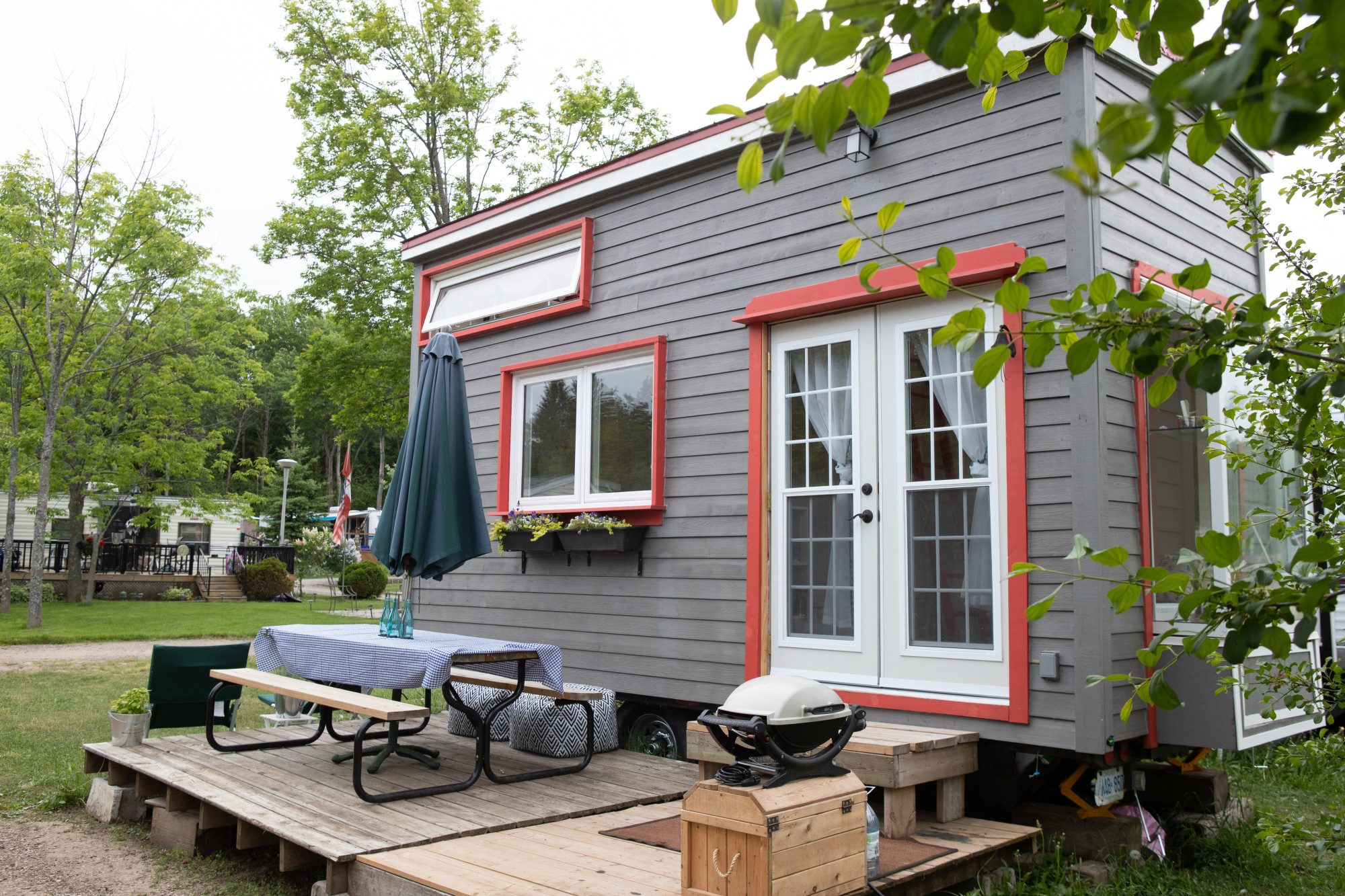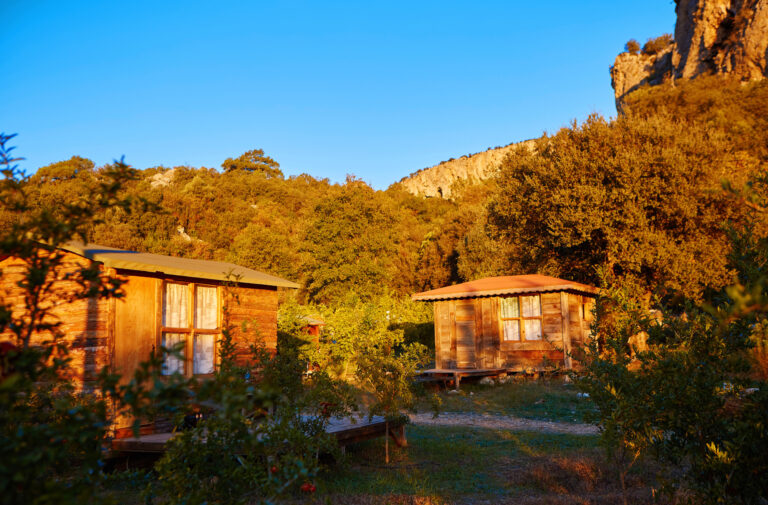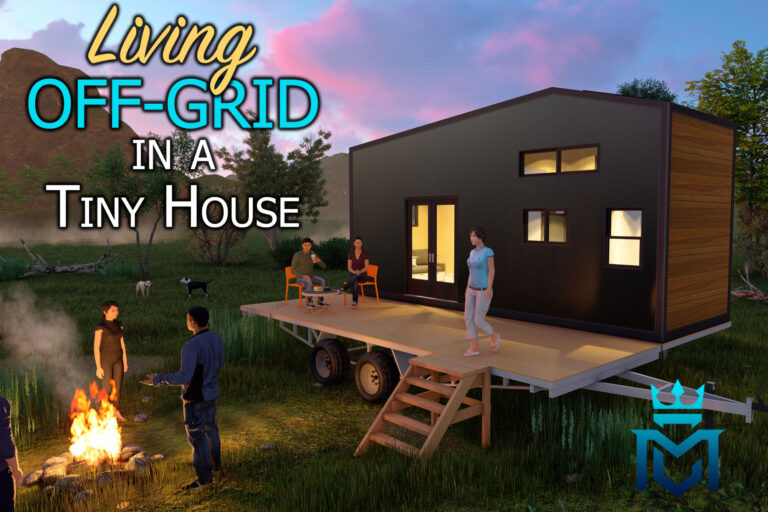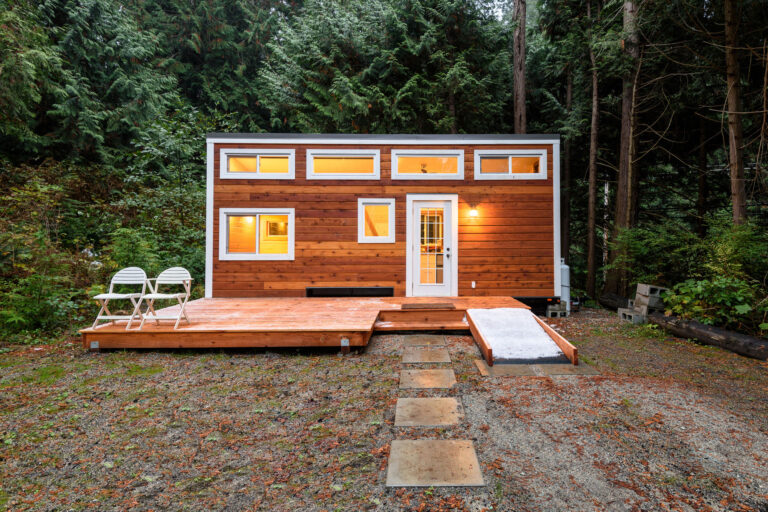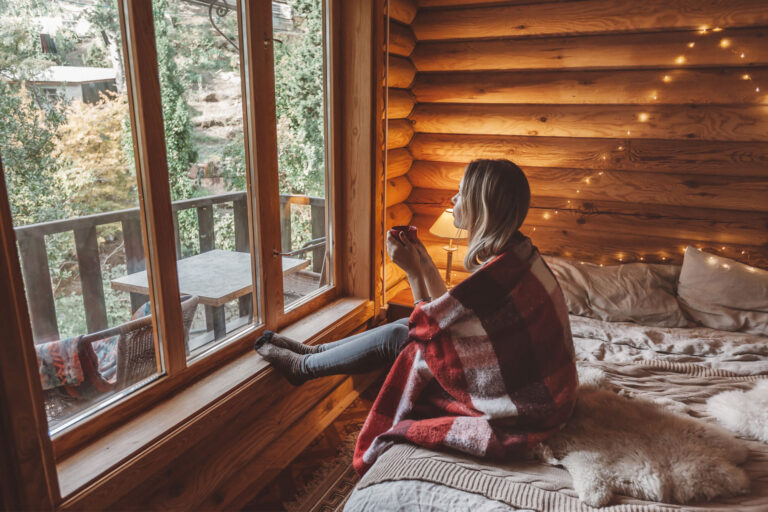7 Factors to Consider When Building a Tiny Home
2020 was a boom year for the tiny home movement, as 56% of Americans now say they’d move into one. The Covid-19 pandemic, affordability, and eco-friendliness are all reasons people want to ditch large, suburban sprawl for a tiny home.
You might be one of those people, a minimalist, who’s now interested in building a tiny home for all those reasons. Before you go ahead with your plan, there are some aspects you need to consider so you can reap all the benefits.
Consider these seven factors when you’re building your tiny dream home.
1. Can You Really Do It?
A minimalist lifestyle is a romantic fantasy that only certain people can make into a reality. You think about low utility bills, lack of mortgage payments (or rent), and a quirky unique space all your own.
Living in a tiny home has many benefits, but the truth is, it’s not for everyone.
Before you make the jump and start construction, you need to figure out whether you can live for the long-term in such a small space. Try renting a small cabin, or if possible, a tiny home in your area for a few weeks to see if you are comfortable.
While a tiny home is meant to have all the necessary amenities for permanent living, the small living space is something even the most minimalistic can grow weary of.
2. Where Will You Build It?
You can’t build a tiny home anywhere you want. If you’re fond of urban living, you need to figure out whether your city’s zoning laws allow for tiny home construction. In many cases, tiny home living means forgoing the convenience of city living.
Many municipalities only allow custom tiny homes in RV or trailer parks. You may find more liberal zoning laws in rural areas for stand-alone tiny home construction.
3. How Will You Handle Utilities?
While a tiny home will save you money on utility bills, a tiny home will not eliminate your need for them. Electricity is essential. So is running water and waste disposal.
If you build in an RV park, you’ll likely have access to all these things. If you build on your own lot, you’ll have to account for the cost of building this important infrastructure.
To completely downsize, some equip their tiny homes with solar panels for electricity. As for waste disposal, some more eco-friendly tiny home pioneers use a composting toilet rather than a traditional water flush toilet.
While those all sound like good ideas, there are many places that require homes of any size to have certain utilities. Before you build, figure out what’s required and add it to the cost of your construction.
4. Wheels or No Wheels?
What’s your plan for the future? Are you building a tiny home to put down roots and live a more traditional home life? Do you see yourself moving to a new location in a few years?
There are two types of tiny houses. There are more traditional, house-like stick constructions and then there are tiny homes on wheels. What’s right for you depends on your plans for the future.
If you build a home on wheels, you must construct your home to meet the standards of the Recreational Vehicle Industry Association. These standards allow for towing and placement in an RV specific park.
Should you build a permanent tiny house, your structure must be built to meet the specifications outlined in local zoning codes.
5. Will You Need Outdoor Construction?
Living a minimalist lifestyle is great for saving money, but you’re going to need space to roam. While a permanent tiny house can meet your sustainability needs, consider how such a small space will change your lifestyle.
Do you like to entertain or have friends or family visit? A tiny home by itself isn’t ideal for a dinner party or a family gathering. You’ll need outdoor space for these activities.
People who build tiny homes often construct decks, porches, or patios attached or adjacent to their main living quarters. These spaces, sometimes covered, allow for you and your guests to stretch out.
6. Permanent Residence or Vacation?
If you’re building a tiny home as a permanent residence, you’ll need to plan for things that might not be necessary for vacation homes or second homes.
Should your tiny home be your permanent home, it’s best to consult a professional when planning your layout. Since space is a premium, you’ll need to figure out how to build your sleeping quarters for maximum comfort.
You’ll need to maximize your kitchen space. While burners or range tops can work for a vacation home, your want to be able to put your culinary skill to use in your permanent home.
Your tiny vacation home might be the place you go to get away from the modern world. In that case, you can forego modern comforts like high-speed internet, television, phone service, and kitchen utility for more unique second home ideas.
7. Do You Want to Start a Family?
A tiny home is a great way for a single person or a couple to cut costs and live an environmentally friendly lifestyle. While there isn’t a lot of space, you can construct your tiny house to have everything the modern lifestyle requires.
Before you move, think about your five-year or even ten-year plan. If you’re a young couple, it’s best to have the talk about your future together before you invest.
Are children part of your future?
While a tiny home works great for a single person or a couple, children will make the small space much smaller. Consider your future family plans before you dive into the blueprints.
Is Building a Tiny Home for You?
The tiny home market is in a boom, and it’s not hard to see why. Increased Covid-19 fears combined with the economic instability of younger generations make a tiny home an attractive living situation.
If you’re thinking about building a tiny home remember that a minimalist lifestyle can involve a lot of change. Make sure you plan well to get the most out of your new home.
Are you ready to ditch suburban sprawl and expensive rent? Martinez Casitas is the premier tiny house builder. Make an appointment today to discuss what a tiny home can do for you.

